Refine listing
Actions for selected content:
2251 results in Cambridge Elements

Gender, Ethnicity, and Intersectionality in Cabinets
- Asia and Europe in Comparative Perspective
-
- Published online:
- 15 January 2025
- Print publication:
- 30 January 2025
-
- Element
- Export citation
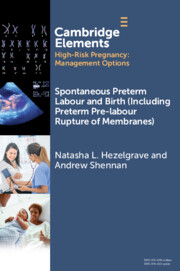
Spontaneous Preterm Labour and Birth (Including Preterm Pre-labour Rupture of Membranes)
-
- Published online:
- 15 January 2025
- Print publication:
- 30 January 2025
-
- Element
- Export citation
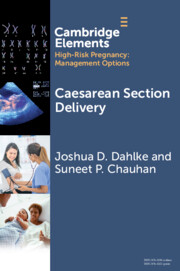
Caesarean Section Delivery
-
- Published online:
- 15 January 2025
- Print publication:
- 30 January 2025
-
- Element
- Export citation
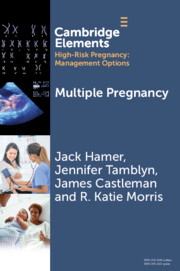
Multiple Pregnancy
-
- Published online:
- 15 January 2025
- Print publication:
- 30 January 2025
-
- Element
- Export citation
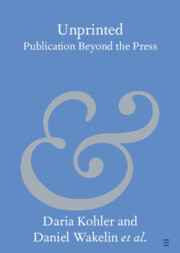
Unprinted
- Publication Beyond the Press
-
- Published online:
- 15 January 2025
- Print publication:
- 30 January 2025
-
- Element
- Export citation
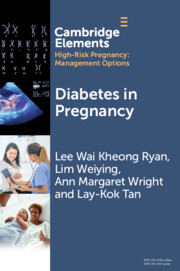
Diabetes in Pregnancy
-
- Published online:
- 15 January 2025
- Print publication:
- 30 January 2025
-
- Element
- Export citation
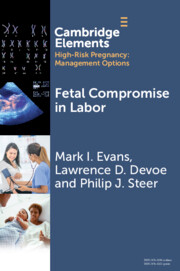
Fetal Compromise in Labor
-
- Published online:
- 15 January 2025
- Print publication:
- 13 February 2025
-
- Element
- Export citation
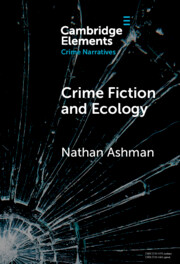
Crime Fiction and Ecology
- From the Local to the Global
-
- Published online:
- 14 January 2025
- Print publication:
- 30 January 2025
-
- Element
- Export citation
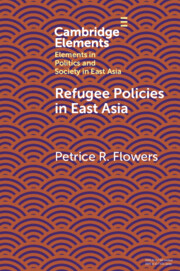
Refugee Policies in East Asia
-
- Published online:
- 14 January 2025
- Print publication:
- 30 January 2025
-
- Element
- Export citation

Printing Technologies and Book Production in Seventeenth-Century Japan
-
- Published online:
- 14 January 2025
- Print publication:
- 30 January 2025
-
- Element
- Export citation
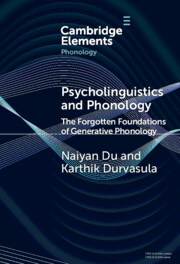
Psycholinguistics and Phonology
- The Forgotten Foundations of Generative Phonology
-
- Published online:
- 14 January 2025
- Print publication:
- 20 February 2025
-
- Element
- Export citation
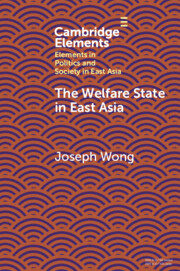
The Welfare State in East Asia
-
- Published online:
- 14 January 2025
- Print publication:
- 06 February 2025
-
- Element
- Export citation
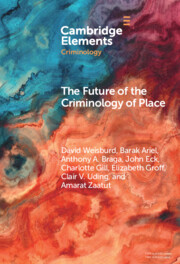
The Future of the Criminology of Place
- New Directions for Research and Practice
-
- Published online:
- 13 January 2025
- Print publication:
- 06 February 2025
-
- Element
- Export citation
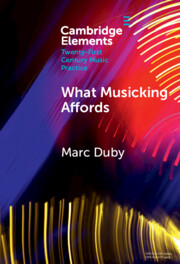
What Musicking Affords
- Musical Performance and the Post-cognitivist Turn
-
- Published online:
- 13 January 2025
- Print publication:
- 06 February 2025
-
- Element
- Export citation
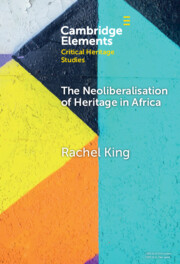
The Neoliberalisation of Heritage in Africa
-
- Published online:
- 11 January 2025
- Print publication:
- 30 January 2025
-
- Element
- Export citation
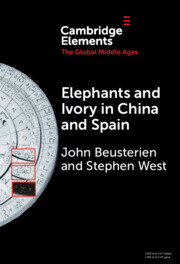
Elephants and Ivory in China and Spain
-
- Published online:
- 11 January 2025
- Print publication:
- 06 February 2025
-
- Element
- Export citation
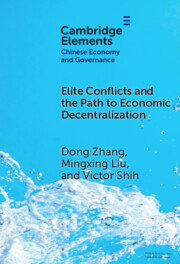
Elite Conflicts and the Path to Economic Decentralization
-
- Published online:
- 10 January 2025
- Print publication:
- 30 January 2025
-
- Element
- Export citation
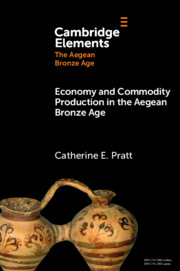
Economy and Commodity Production in the Aegean Bronze Age
-
- Published online:
- 10 January 2025
- Print publication:
- 30 January 2025
-
- Element
- Export citation
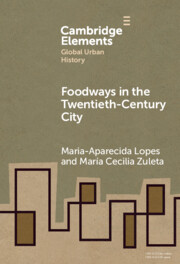
Foodways in the Twentieth-Century City
-
- Published online:
- 10 January 2025
- Print publication:
- 30 January 2025
-
- Element
- Export citation
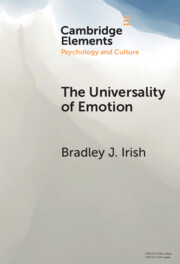
The Universality of Emotion
- Perspectives from the Sciences and Humanities
-
- Published online:
- 10 January 2025
- Print publication:
- 06 February 2025
-
- Element
- Export citation
